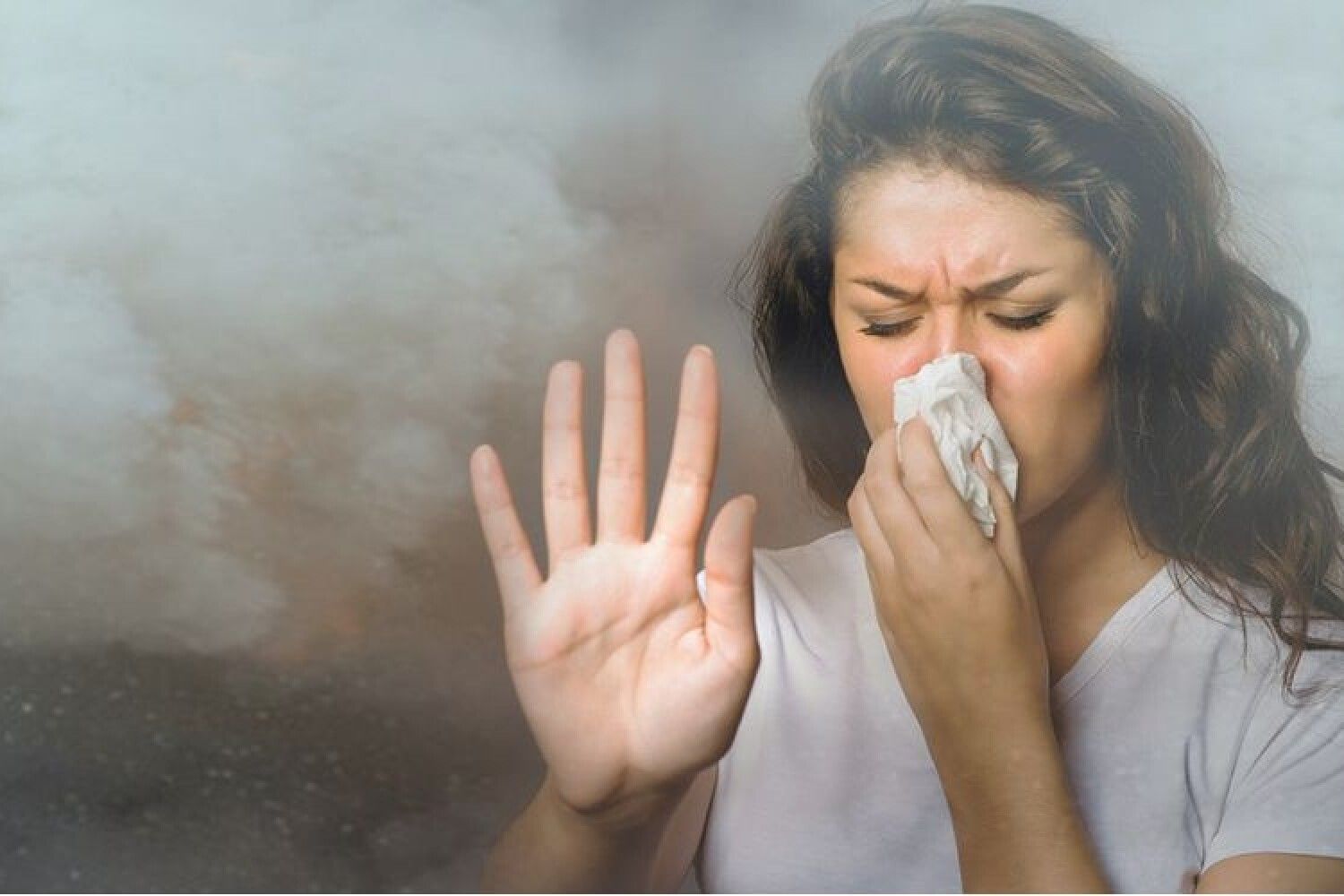Common Indoor Air Pollutants You Should Know About
Indoor air pollution is a growing concern, as many everyday materials release harmful pollutants into the air we breathe. From household products to building materials, various substances can significantly impact indoor air quality. Poor air quality can lead to respiratory issues, allergies, and other health problems. Understanding these pollutants and their sources is the first step toward improving indoor air quality in homes and businesses.
Common Sources of Indoor Air Pollution
Several materials and products contribute to indoor air pollution. Here are some of the most common sources:
1. Volatile Organic Compounds (VOCs)
VOCs are chemicals emitted as gases from certain solids or liquids. They are commonly found in:
- Paints, varnishes, and solvents
- Air fresheners and cleaning products
- Pesticides
- Carpets and furniture
Long-term exposure to VOCs can lead to headaches, dizziness, and even liver or kidney damage.
2. Mold and Mildew
Mold spores are a major indoor air pollutant, thriving in damp and humid environments. Exposure to mold can cause:
- Allergic reactions
- Respiratory problems
- Eye and skin irritation
3. Radon Gas
Radon is a naturally occurring radioactive gas that seeps into buildings through cracks in floors and walls. It is a leading cause of lung cancer and can go undetected without professional radon testing.
4. Formaldehyde
Found in building materials, furniture, and household products, formaldehyde exposure can cause:
- Irritation of the eyes, nose, and throat
- Breathing difficulties
- Increased risk of cancer
5. Carbon Monoxide (CO)
Produced by burning fuel in stoves, fireplaces, and gas appliances, CO is an odorless, colorless gas that can be fatal in high concentrations. Symptoms of CO poisoning include:
- Headaches
- Dizziness
- Confusion
- Nausea
6. Asbestos
Older homes and buildings may contain asbestos, a hazardous material used in insulation and flooring. When disturbed, asbestos fibers can become airborne, leading to serious lung diseases like asbestosis and mesothelioma.
7. Tobacco Smoke
Cigarette smoke releases harmful chemicals that linger in indoor spaces, affecting both smokers and non-smokers. Long-term exposure increases the risk of lung disease and heart conditions.
8. Dust and Pet Dander
Household dust contains a mix of pollen, pet dander, and microscopic pollutants that can trigger allergies and respiratory problems.

The Importance of Indoor Air Quality Testing
Given the numerous pollutants that can contaminate indoor air, regular air quality testing is essential. Professional indoor air quality testing can:
- Identify specific pollutants in your home or office
- Detect hidden mold growth or radon gas
- Measure levels of VOCs and other harmful substances
Related: How Does Smoke Odor Impact Indoor Air Quality?
How to Improve Indoor Air Quality
To reduce exposure to indoor pollutants, consider these steps:
- Use air purifiers with HEPA filters
- Maintain proper ventilation
- Keep humidity levels below 50% to prevent mold growth
- Choose low-VOC paints and cleaning products
- Schedule regular HVAC maintenance
A Complete Guide On: How to Improve Indoor Air Quality?
Related: Is Chlorine Dioxide Safe For Odor Removal?
Get Professional Indoor Air Quality Services in Denver
If you’re concerned about indoor air pollution in your home or business, Denver Decon offers indoor air quality testing, monitoring, and air purification services. Our team can identify and remove harmful pollutants, ensuring a safe and healthy environment.
Contact Denver Decon today for a comprehensive air quality assessment!